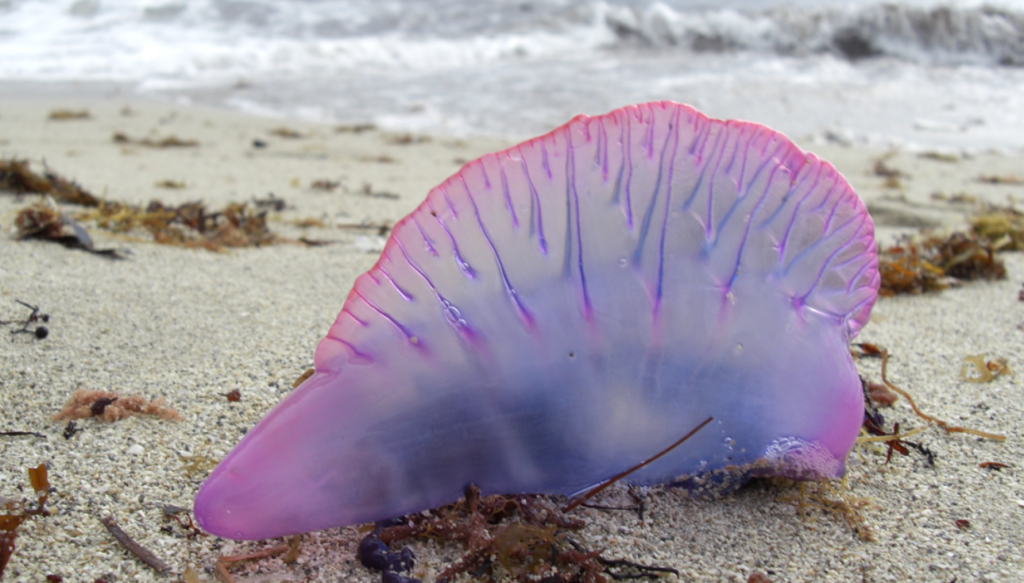When you think of animals without legs, what comes to your mind? Probably snakes, worms, and fish.
But are there other animals? And why don’t they have legs? Some animals evolved without legs or evolved and lost their legs, like
seals, lizards, walruses, mollusks, and more.
Eels
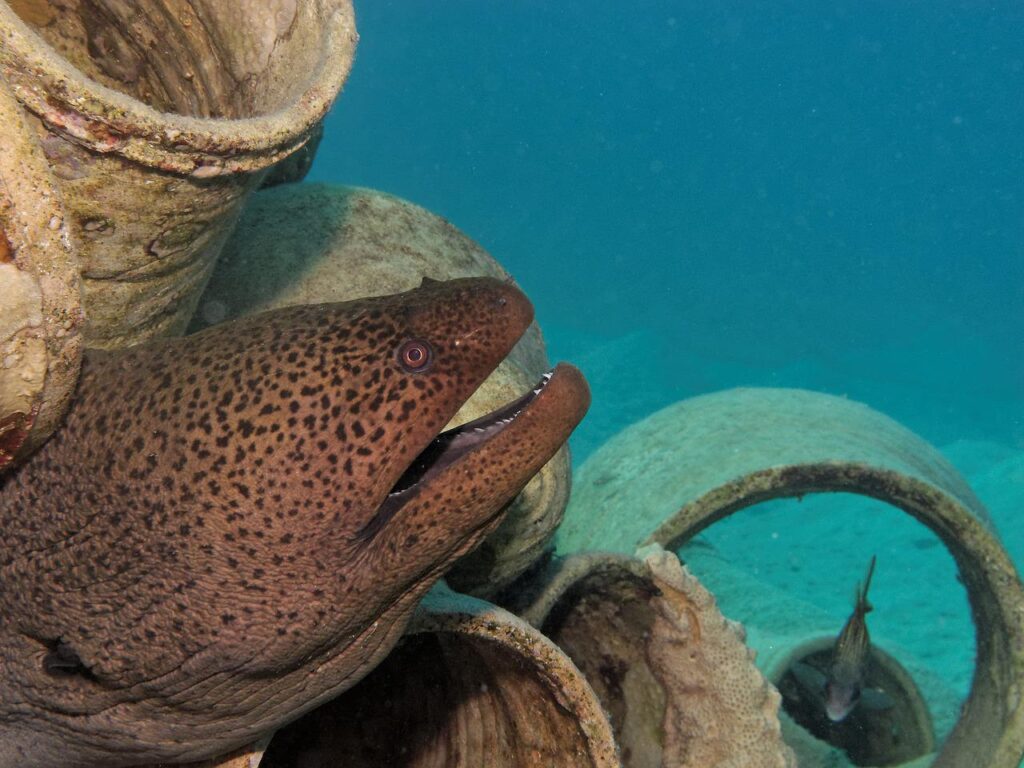
Eels are water-dwelling creatures that don’t need legs to survive. Like snakes, eels use their muscles to propel themselves through the water to pursue prey or escape predators.
Some eels have dorsal, anal, or caudal fins starting on their back, connecting with the tip of their tail, and covering their belly. These can help eels cut through the water and swim backward.
Eels have scales like fish and other aquatic animals, but they are buried deep in the eel‘s thick skin, leaving the skin smooth and slippery.
Sea Lions

Instead of legs, sea lions have flippers that allow them to move on land and swim. Their flippers are behind their front limbs at the front of their body. Instead of rear limbs, sea lions have two small flippers located by their tail. The flippers are webbed, a perfect evolutionary trait for these animals that are often preyed upon by large sharks.
Unfortunately, these animals are endangered with experts believing that less than 20,000 of these creatures are left. Unless these animals can be protected from their predators, polluted waters, and poachers, but they may go extinct.
These animals have been placed under Marine Mammal Protection Act and the Endangered Species Act.
Walruses
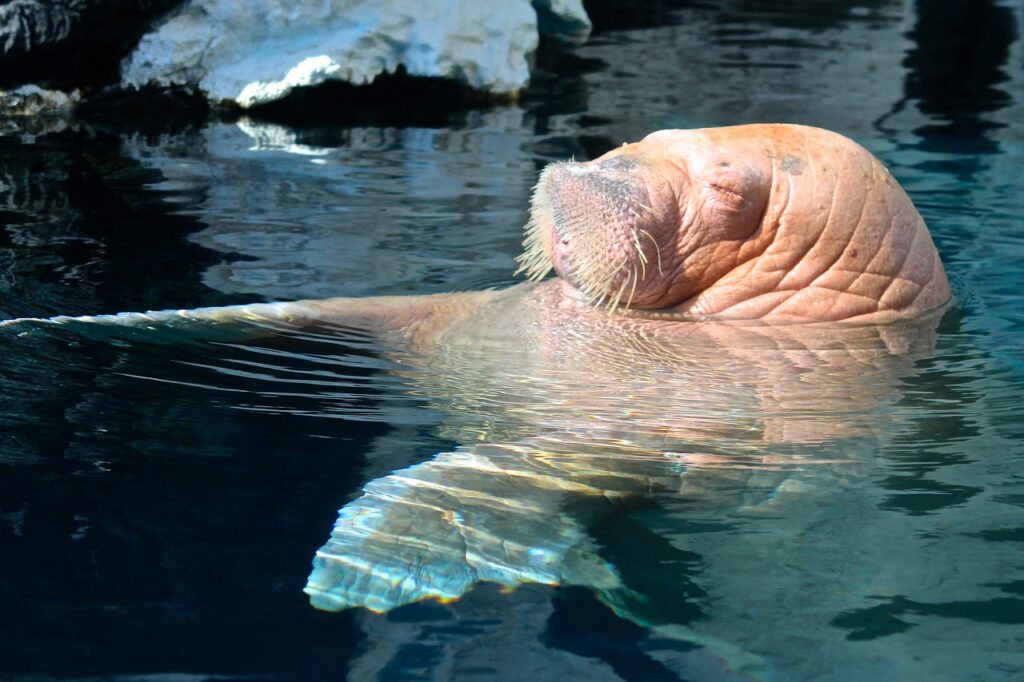
Walruses are similar to sea lions but are much larger, weighing almost 2,200 pounds. These massive creatures also evolved to have front flippers that help them move in water but aren’t as useful on land.
These flippers can’t support walruses enough for them to stand. Instead, walruses must hop along on land if they want to move. Like sea lions, walruses have two small flippers end their rear that help them stabilize on land and navigate the oceans.
Along walruses and sea lions don’t have legs, they still have retained the bones for these limbs, but they are hidden inside their bodies, hinting that these creatures had limbs not too long ago.
Earthworms

Earthworms are one of the few creatures than have no limbs at all. But without limbs how do they move? If you’ve gone after fresh rainfall, you’ll know that earthworms can stretch and contract their bodies greatly.
This is how earthworms move. Earthworms have teeny tiny bristles on the segments of their bodies. When they stretch and contract; these bristles grab and pull the earthworms through the earth or across the ground.
Whales
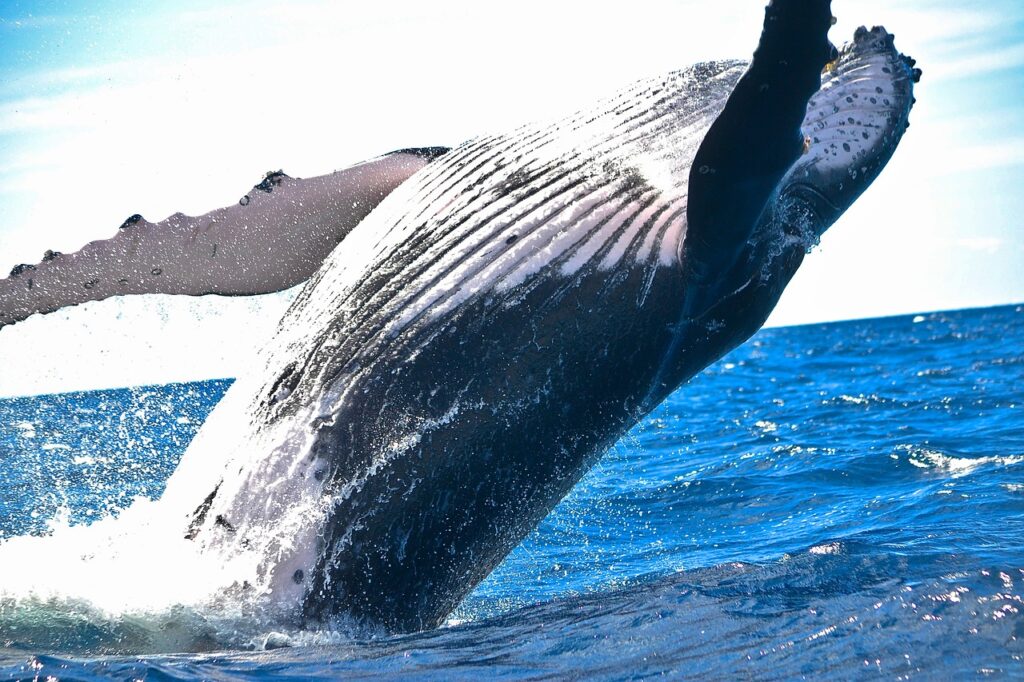
Whales are among the largest and oldest animals to have inhabited the earth. During their long planet tenure, Whales have undergone few evolutionary changes. One is that they lost their legs.
50 million years ago, these massive creatures used to be able to walk the land, likely to breed and give birth. Today, whales no longer
have legs, fins, and a tail, but they still have hip and leg bones disconnected from their skeleton, but in their flesh.
Snakes

This one is a bit of a no-brainer, but with almost 4,000 species that live in water and on land, it’s hard to think of snakes when thinking of legless animals. Snakes pull themselves across surfaces, up trees and rocks with powerful muscles, gripping surfaces with their ridged underbelly.
Dolphins
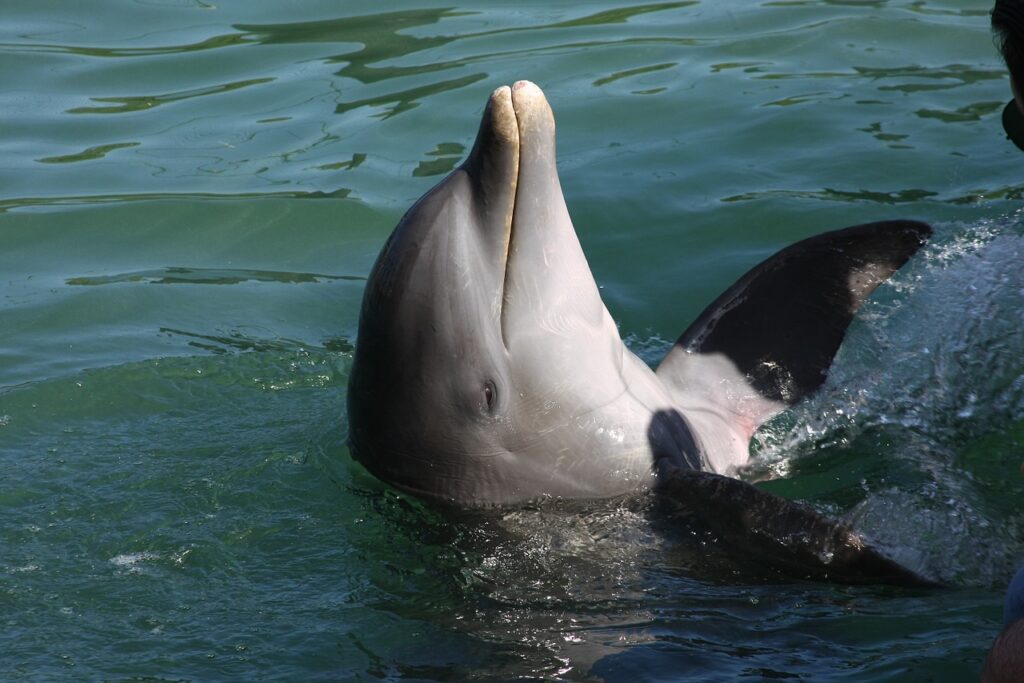
Like many marine animals, dolphins have long since been abandoned living on land. Because of this, through millions of years, dolphins evolved to have fins and a tail. Dolphins are amongst the most intelligent creatures on earth and have been reported to help protect humans lost at sea.
Clams
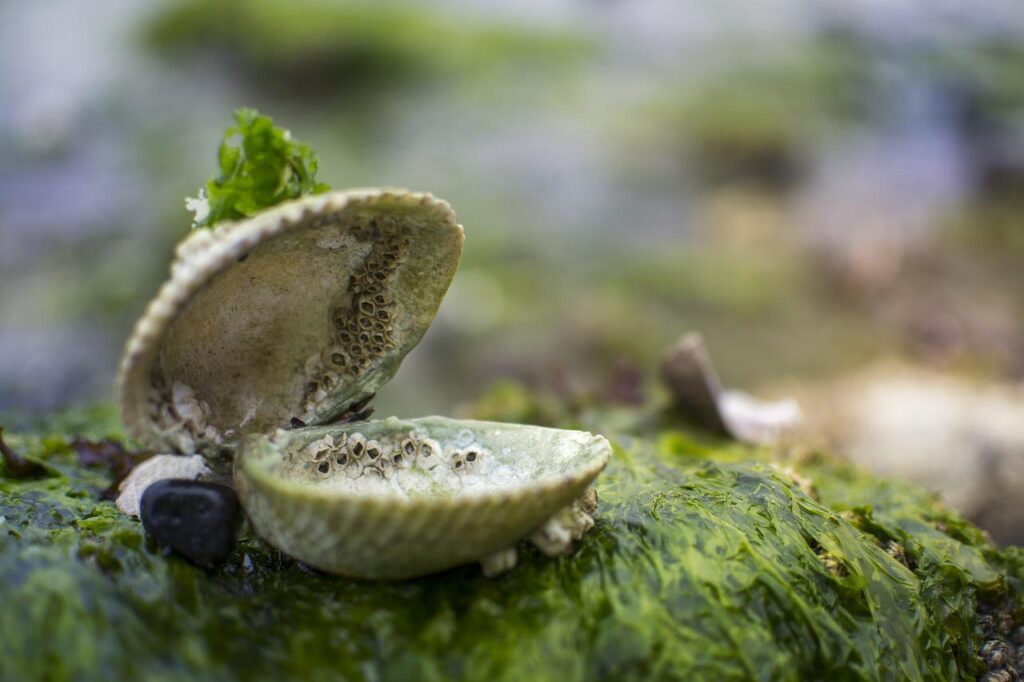
Often thought of as a delicacy, these animals have no limbs. Instead, they plant themselves in the sand. Clams then absorb water into their foot, causing the foot to swell and form a ballon. The clam has reduced drag and pulled itself down its foot, allowing the clam to pull itself along the ocean floor.
Snails

Snails come in all shapes and sizes, some as small as a dime, or measuring 16 inches from head to tail.
Snails are one of the few creatures that can survive with legs or a skeletal system. Their soft, slimy body allows them to move over dirt and through the water easily. Because of their strong foot, snails can attach themselves to many surfaces.
To prevent damage to the softer part of their foot, snails secrete slime which coats their foot, leaving behind a slimy trail.
Sponges

These sea creatures survive without legs. Instead, they use spiky tentacles to navigate the ocean floor by sinking their spicules, a slender pointed part of their body, into the ground and pull themselves forward. They also use these spiky tentacles to catch prey, such as bacteria, plankton, and debris.
Tapeworms
These parasitic creatures live in the digestive system of animals. Tapeworms get into their host animal through food or beverages that their eggs have infected. Whence in the host, tapeworms attach themselves to the walls of the intestines and make themselves at home.
Because they live in other animals, tapeworms rely on their host for movement and do not have legs or any other limbs.
Legless Lizard
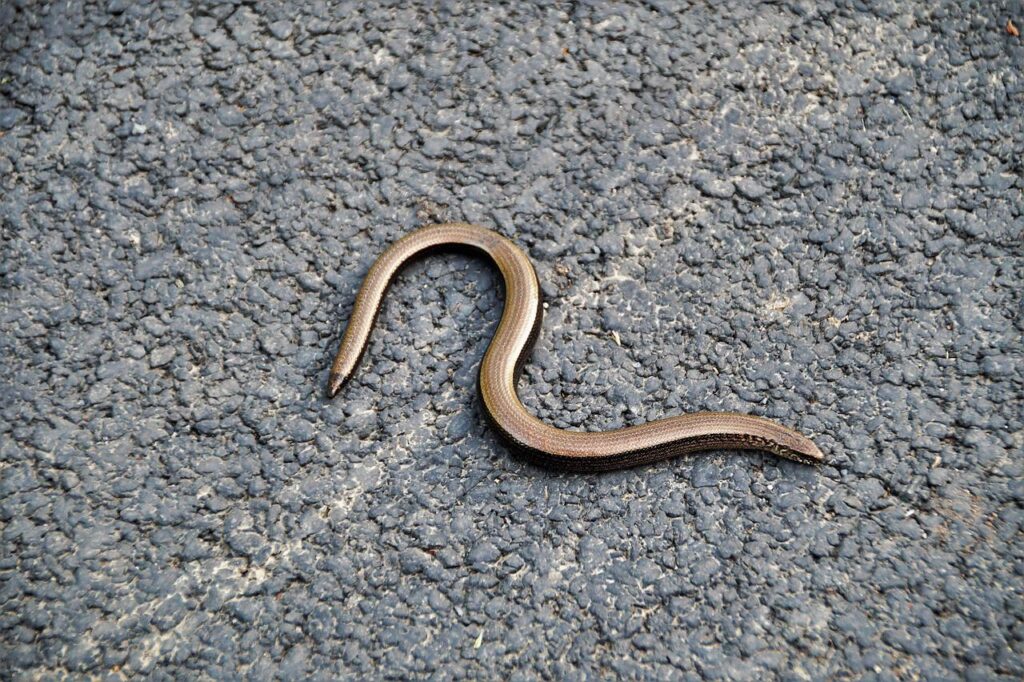
Legless lizards don’t have any limbs. Legless lizards use their tail to help move around, even using their tail to push off from the bottom of a body of water to speed through the water. They can move up to 16 kilometers an hour this way.
Although they may seem the same as snakes, they differ in a few ways. Both animals have evolved not to have limbs.
Unlike snakes, legless lizards can blink, while snakes instead have a protective membrane over their eyes. Legless lizards have small ears, whereas snakes do not have ears.
Sea Urchins
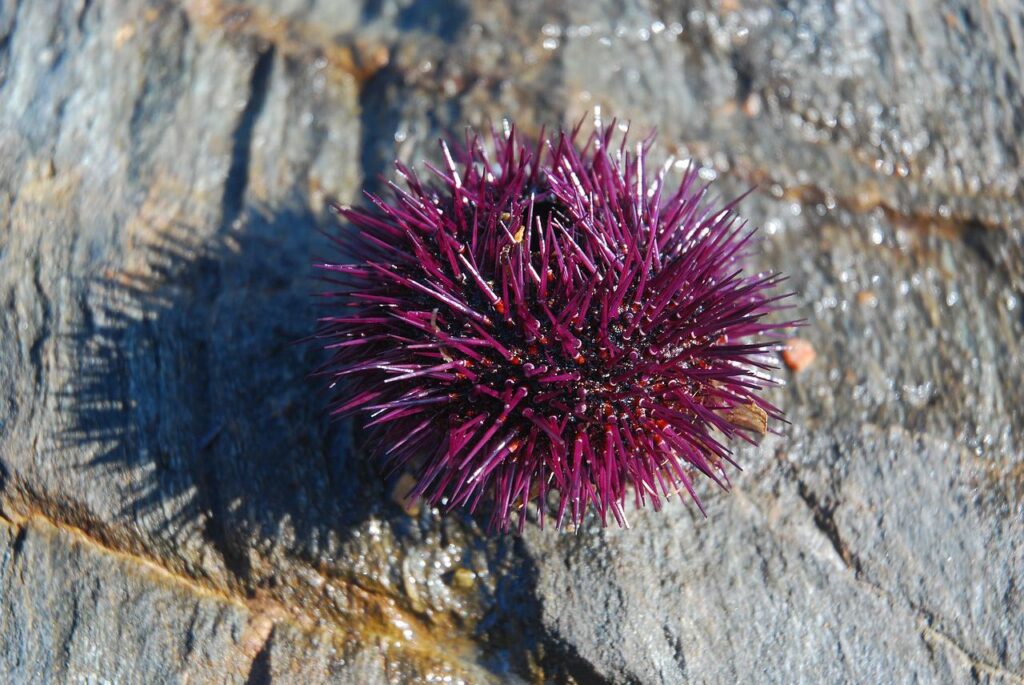
Sea urchins are marine animals that live in shallow waters around the world. Sea urchins are invertebrates that do not have arms or legs. Instead, they have tube feet that are hidden throughout the spine that cover sea urchins. Sea urchins use the tube feet on the underside of their bodies to move. while they use the rest to help flip themselves over and clean themselves.
Fish

Fish have inhabited the earth for over 500 million years and have evolved to be the most diverse group of vertebrates. Fish use fins to move through the water.
There are five groups of fins called dorsal, pelvic, caudal, anal, and pectoral. The dorsal fin is located on the back of the fish; the pelvic fin is located on the upper stomach; the caudal fin is the fish’s tail; the anal fin is located just before the anus, and the pectoral fin is located on the fish’s side just behind the gills. Not every fish has all five kinds of fins. These fins allow fish to cut through the water as they swim against the current, evade prey, and catch food.
Octopus
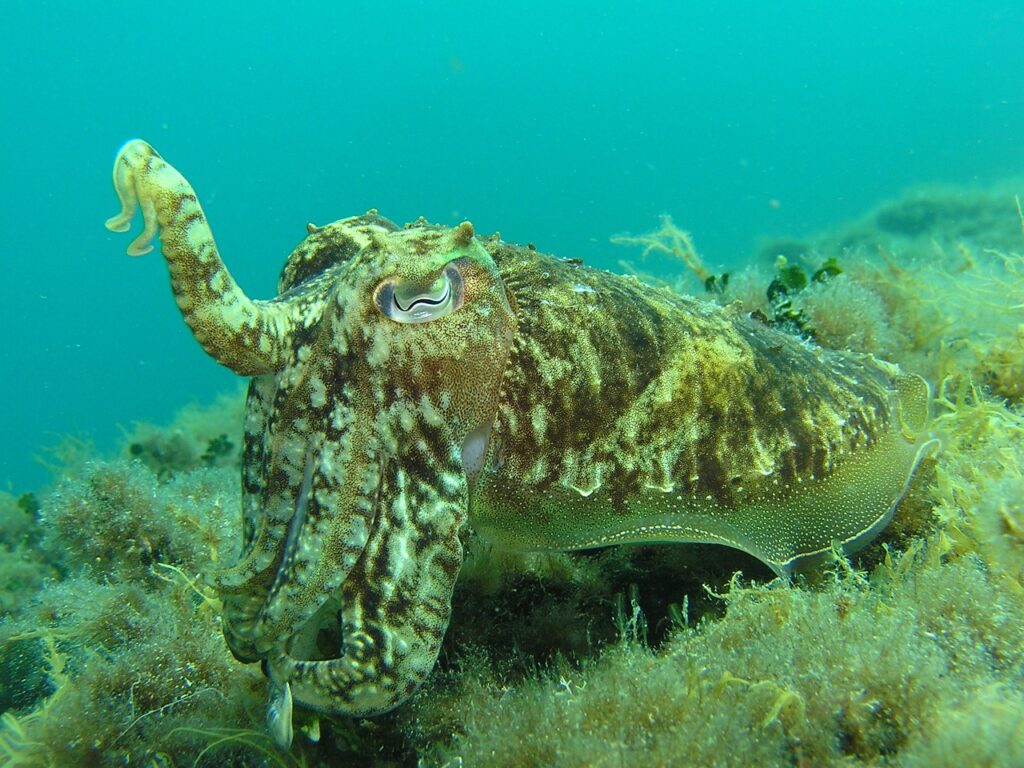
Although their tentacles may seem to function as legs, octopuses do not have legs.
Octopuses are vastly intelligent creatures that inhabit warm waters around the world. Instead of legs, octopuses have eight tentacles that they use for various purposes. These powerful limbs are covered in strong suckers that act like hands and feet, allowing octopuses to hold onto surfaces, catch prey, open clamshells, and move rocks.
These strangely beautiful creatures can camouflage themselves to match their surroundings and use their tentacles to help, such as pulling rocks over themselves, manipulating their limbs to mimick underwater plants, and more.
Portuguese Man o’ War

Closely related to jellyfish, these creatures are siphonophores a “colony of specialized, genetically identical individuals called zooids — clones — with various forms and functions” (US Department of Commerce, N. O., and A.A.). This colony works together to perform four tasks: floating, catching prey, reproduction, and feeding.
They don’t have limbs. Instead, they have tentacles that grow 30 to 100 feet long. This strange creature gained its name due to its resemblance to 18th-century Portuguese warships.
Sources
Bittel, J. (2022, February 17). These lizards lost their legs, but don’t call them snakes. Washington
Post. Retrieved July 19, 2022, from
https://www.washingtonpost.com/lifestyle/kidspost/these-lizards-lost-their-legs-but-dont-call-them-snakes/2020/12/18/0b5661ba-3650-11eb-8d38-6aea1adb3839_story.html
Freshwater eels. NIWA. (2019, April 9). Retrieved July 19, 2022, from
https://niwa.co.nz/freshwater-and-estuaries/nzffd/NIWA-fish-atlas/fish-species/anguillidae#:~:text=Eels%20actually%20do%20have%20scales,a%20smooth%20and%20slippery%20surface.
Media Wiki. (2019, December 6). Evolution of dolphins. microbewiki. Retrieved July 19, 2022, from
https://microbewiki.kenyon.edu/index.php/Evolution_of_Dolphins#:~:text=The%20ancestors%20of%20dolphins%20that,from%20their%20land%20walking%20ancestors.
Stanisic, D. J. (2014, September 17). How do snails move? Facts About Snails. Retrieved July 19, 2022, from
https://factsaboutsnails.com/snail-facts/how-do-snails-move/
US Department of Commerce, N. O. and A. A. (2015, July 6). What is a Portuguese man o’ war? NOAA’s National
Ocean Service. Retrieved July 19, 2022, from
https://oceanservice.noaa.gov/facts/portuguese-man-o-war.html#:~:text=The%20Man%20o’%20War%20is,are%20closely%20related%20to%20jellyfish.&text=The%20Portuguese%20man%20o’%20war%2C%20(Physalia%20physalis)%20is,are%20closely%20related%20to%20jellyfish.
Wildlife Informer. (2022, July 13). 15 examples of animals with no legs (pictures). Wildlife Informer.
Retrieved July 19, 2022, from https://wildlifeinformer.com/animals-with-no-legs/
Woodward, A. (2019, April 6). Paleontologists have discovered an ancient whale that had four legs and could walk
on land. Business Insider. Retrieved July 19, 2022, from
https://www.businessinsider.com/ancient-whale-had-four-legs-2019-4

